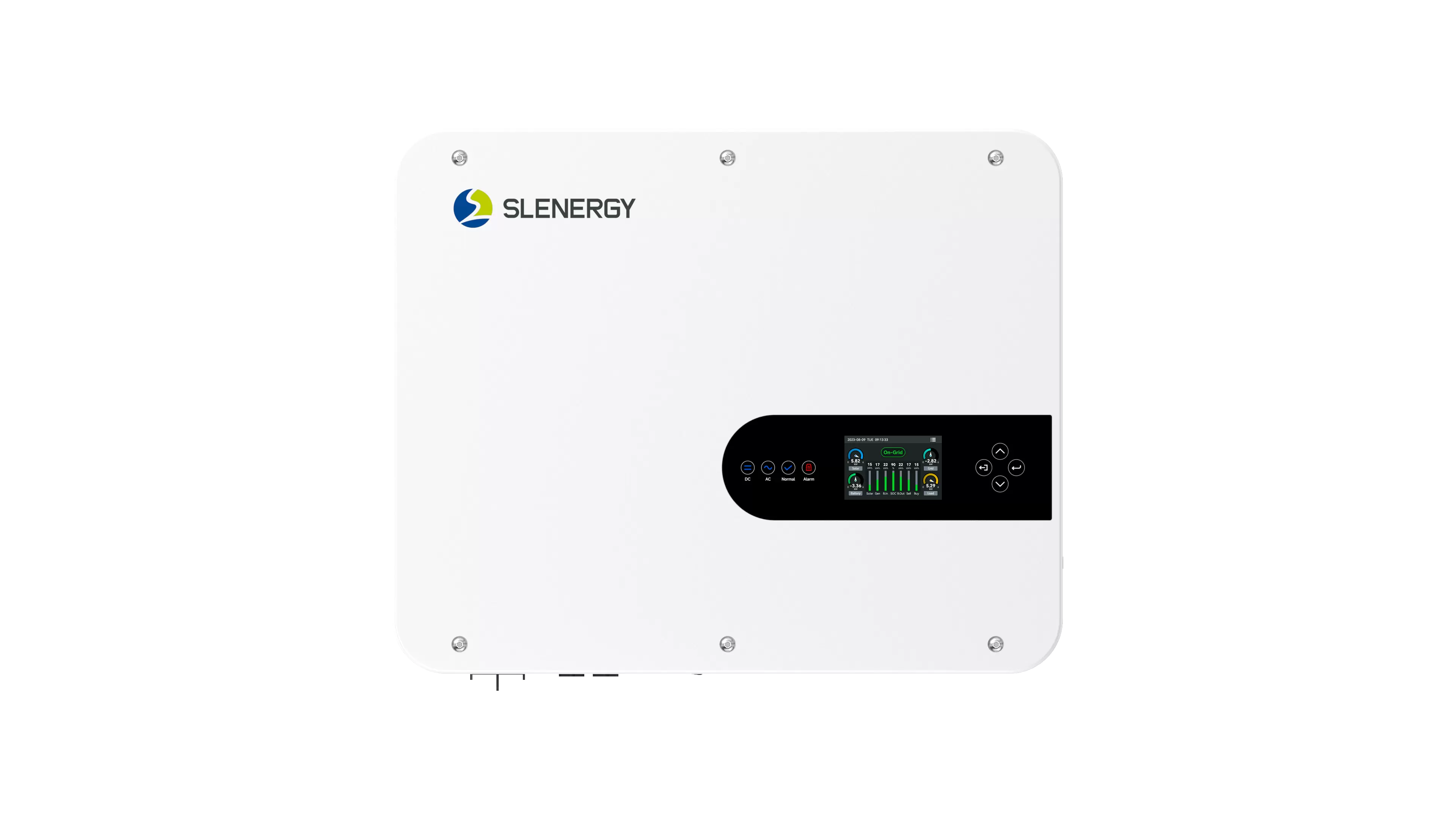In today's energy-conscious world, optimizing energy usage has become a paramount concern for both residential and commercial entities. To address this need, technological advancements in power conversion systems have led to the development of the hybrid inverter for low voltage battery – a revolutionary solution designed to significantly enhance energy efficiency.

1. Introduction to the Hybrid Inverter
The hybrid inverter for low voltage battery is a sophisticated power conversion device that integrates both charging and discharging functionalities within a single unit. It is specifically engineered to work seamlessly with low voltage batteries, making it an ideal choice for a variety of applications including off-grid systems, backup power supplies, and renewable energy integrations. By combining advanced electronics with robust hardware, this inverter offers unparalleled performance and reliability.
2. Core Selling Points
Max. Charging/Discharging Current of 135A
One of the most impressive features of the hybrid inverter is its ability to handle a maximum charging and discharging current of 135A. This high current capacity ensures that the inverter can efficiently manage large loads, making it suitable for applications that require rapid charging and discharging cycles. Whether you're powering a home, a small business, or an industrial setup, the hybrid inverter's robust current handling capabilities ensure reliable and consistent performance.
DC/AC Ratio Up to 1.6
Another significant advantage of the hybrid inverter is its high DC/AC ratio, which can reach up to 1.6. This ratio represents the efficiency of converting direct current (DC) from the battery into alternating current (AC) for use in household or industrial appliances. A higher DC/AC ratio means more efficient energy conversion, leading to reduced energy loss and increased overall system efficiency. With the hybrid inverter, you can maximize the use of your battery's stored energy, ensuring that every watt is utilized effectively.
Support for Max 16pcs Parallel
Scalability is a crucial aspect of any power conversion system. The hybrid inverter excels in this regard by supporting a maximum of 16 units in parallel connection. This feature allows users to easily expand their power system as their energy needs grow. Whether you're starting small or planning for future expansion, the hybrid inverter's parallel connection capability ensures that your system can scale seamlessly without the need for major modifications or additional hardware.
MPPT Max. Input Current Up to 18A
Maximum Power Point Tracking (MPPT) is a critical technology in solar power systems, as it enables the inverter to extract the maximum possible power from the solar panels. The hybrid inverter is equipped with an advanced MPPT algorithm that supports a maximum input current of 18A. This ensures that the inverter can efficiently harness energy from your solar panels, even under varying light conditions. With MPPT, you can maximize the energy production from your renewable sources, reducing dependency on the grid and lowering your energy costs.
3. Benefits of the Hybrid Inverter
Enhanced Energy Efficiency
By combining high current handling capabilities, a superior DC/AC ratio, and efficient MPPT technology, the hybrid inverter significantly boosts energy efficiency. This results in reduced energy waste and lower electricity bills, making it an economically viable solution for both residential and commercial users.
Increased Reliability
The hybrid inverter is built with robust components and advanced protection features to ensure reliability and durability. Its ability to handle large loads and its scalability make it a dependable choice for a wide range of applications. Whether you're facing power outages or simply looking to reduce your carbon footprint, the hybrid inverter can provide the reliable power you need.
Easy Installation and Maintenance
Designed with user-friendliness in mind, the hybrid inverter is easy to install and maintain. Its compact design and intuitive interface make it accessible for both professionals and DIY enthusiasts. With minimal maintenance requirements, you can enjoy peace of mind and continuous power supply without the hassle of frequent repairs or replacements.
4. Conclusion
The hybrid inverter for low voltage battery, with the SLENERGY as a prime example, represents a significant step forward in improving energy efficiency. Its impressive features, including a maximum charging/discharging current of 135A, a DC/AC ratio up to 1.6, support for up to 16 inverters in parallel, and an MPPT max input current of 18A, make it an ideal choice for both small-scale and large-scale energy systems. By leveraging these capabilities, users can enjoy increased energy efficiency, scalability, reliability, and cost savings. As the world continues to move towards more sustainable energy solutions, the SLENERGY hybrid inverter stands out as a leader in the field.







